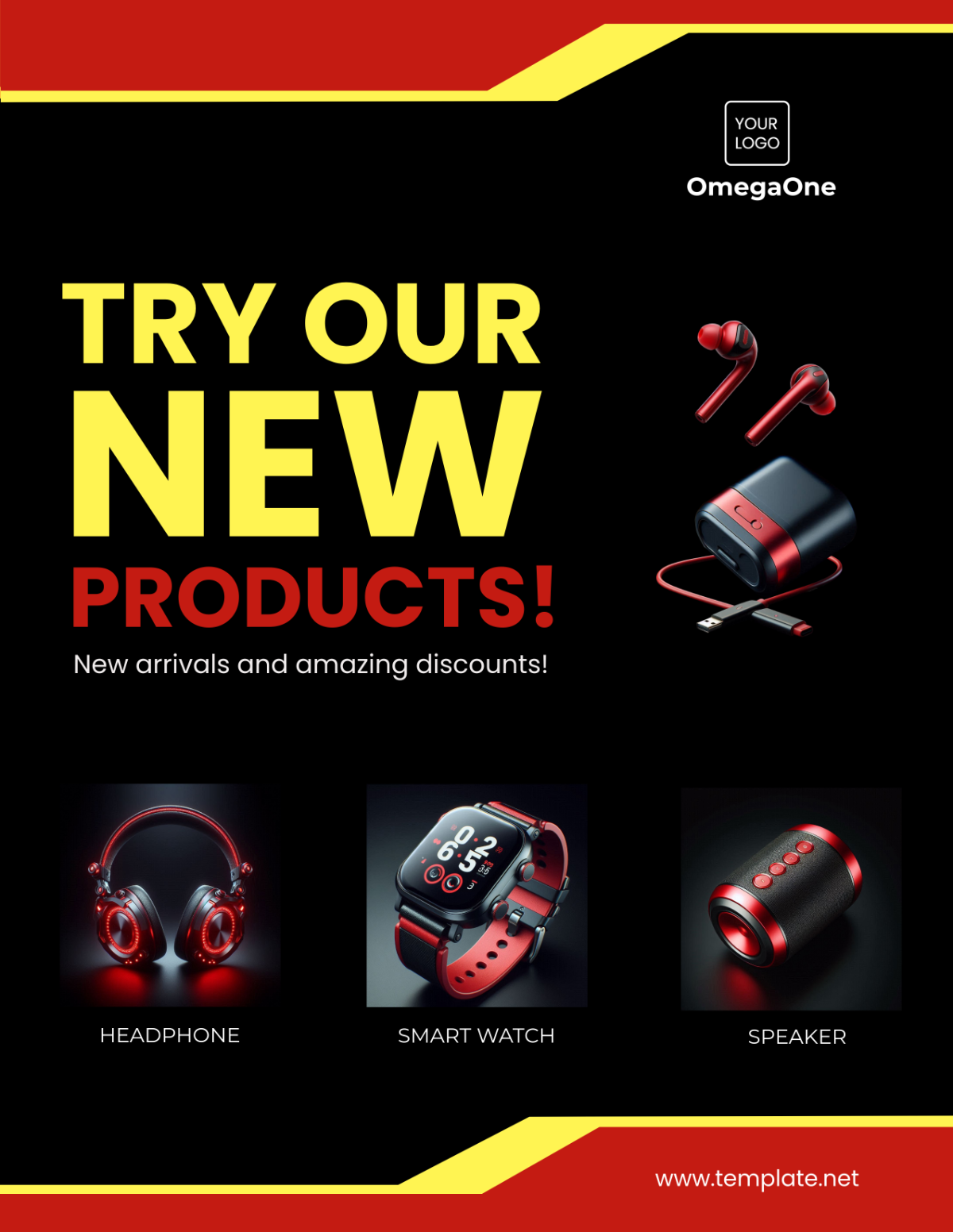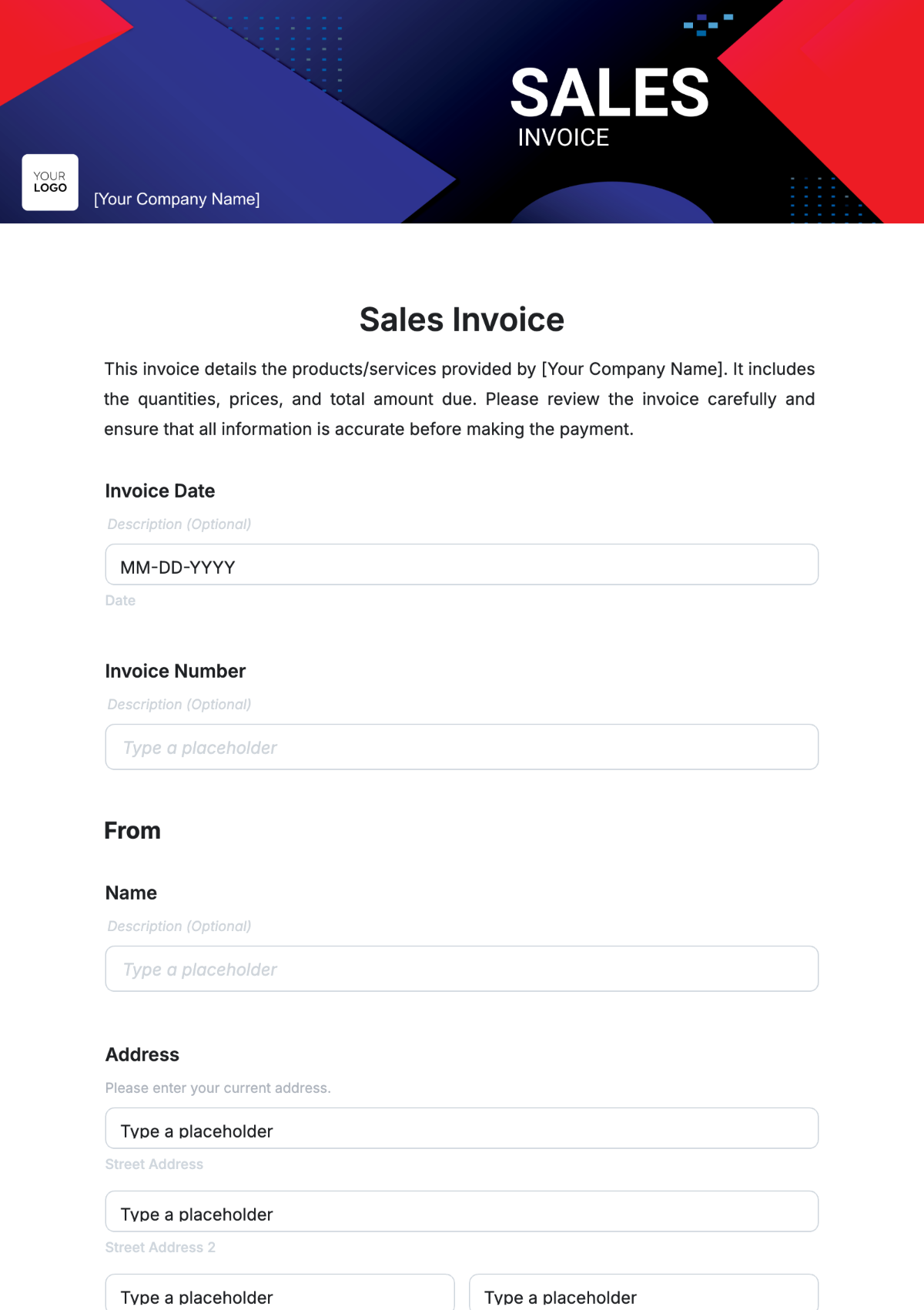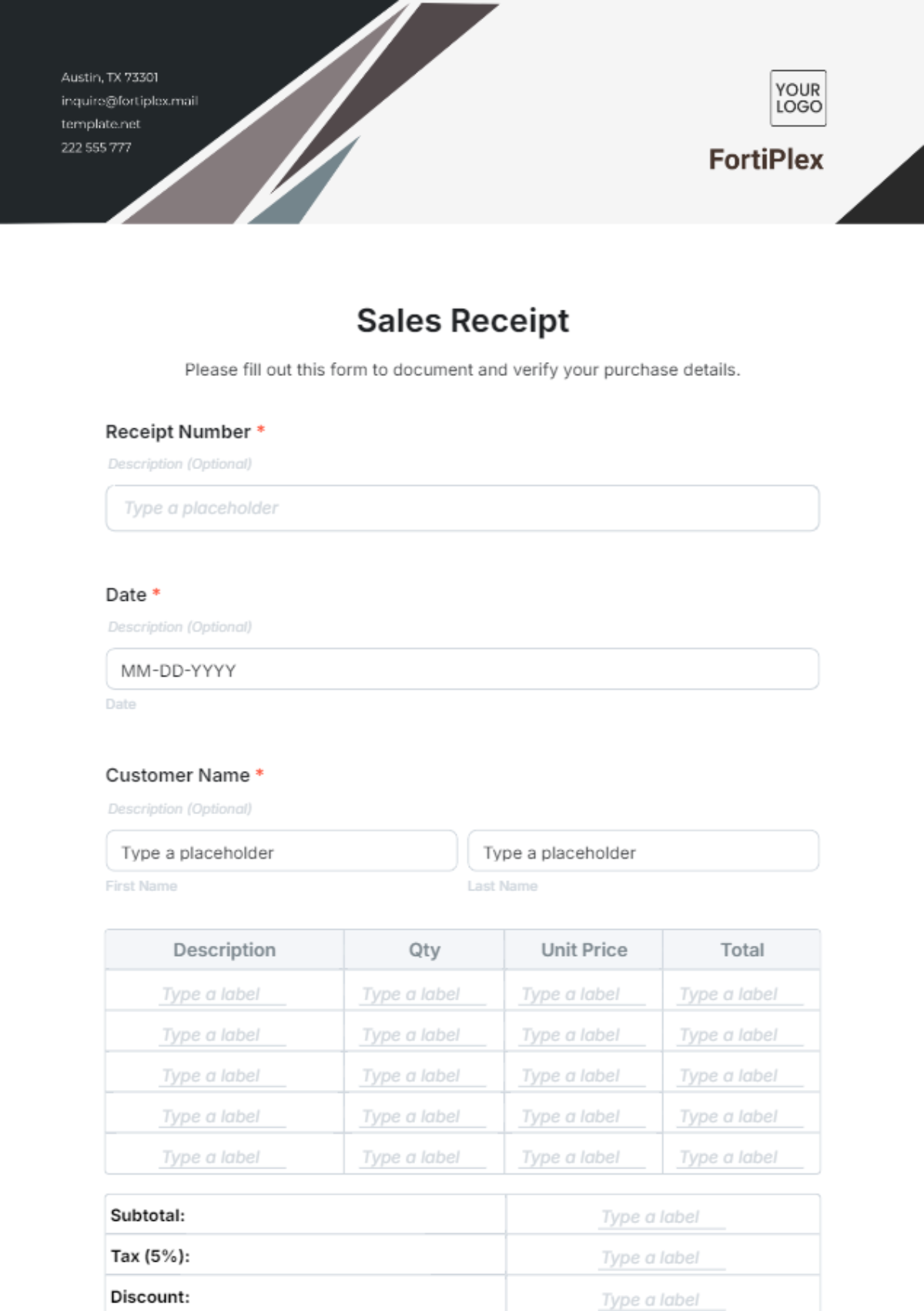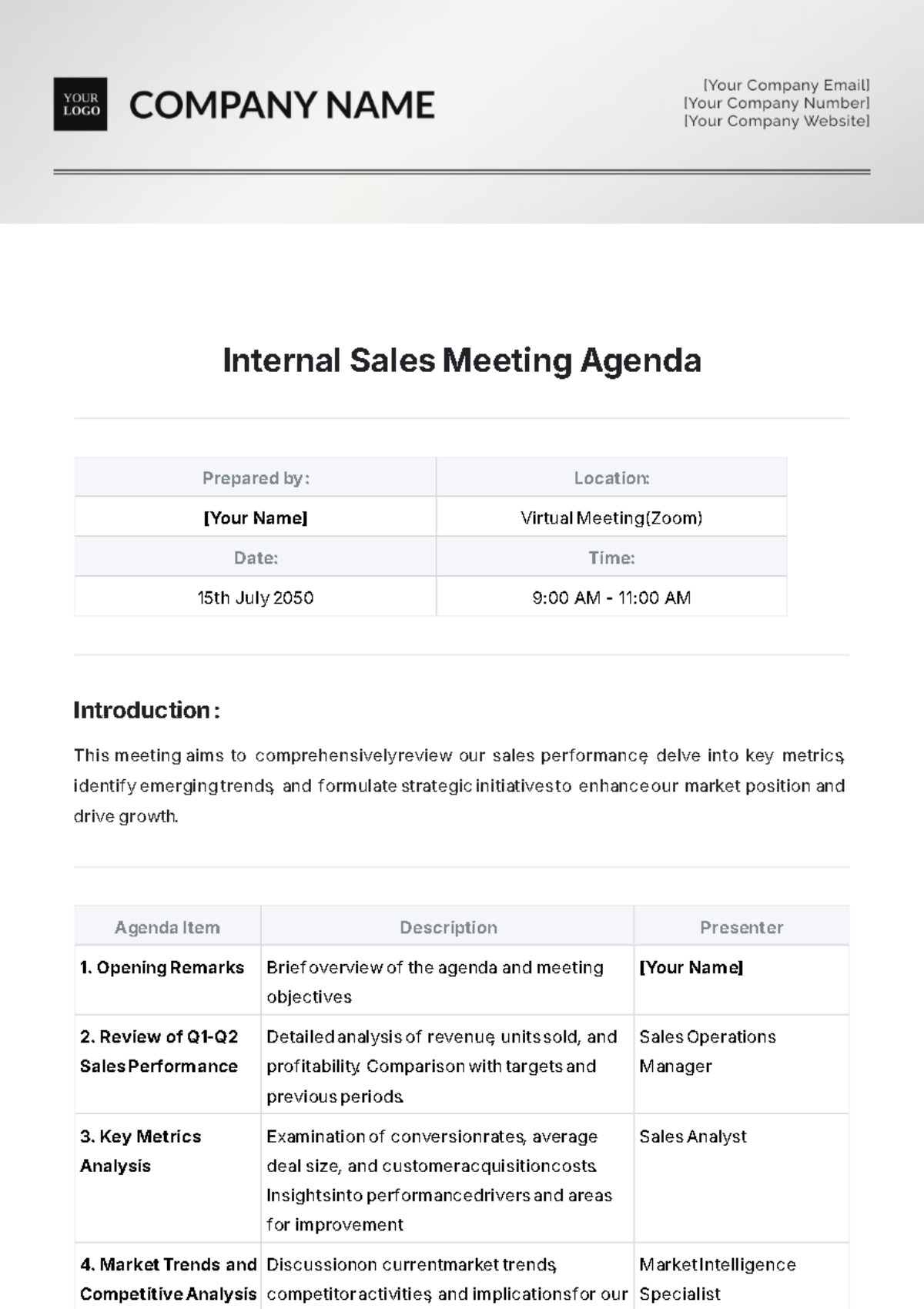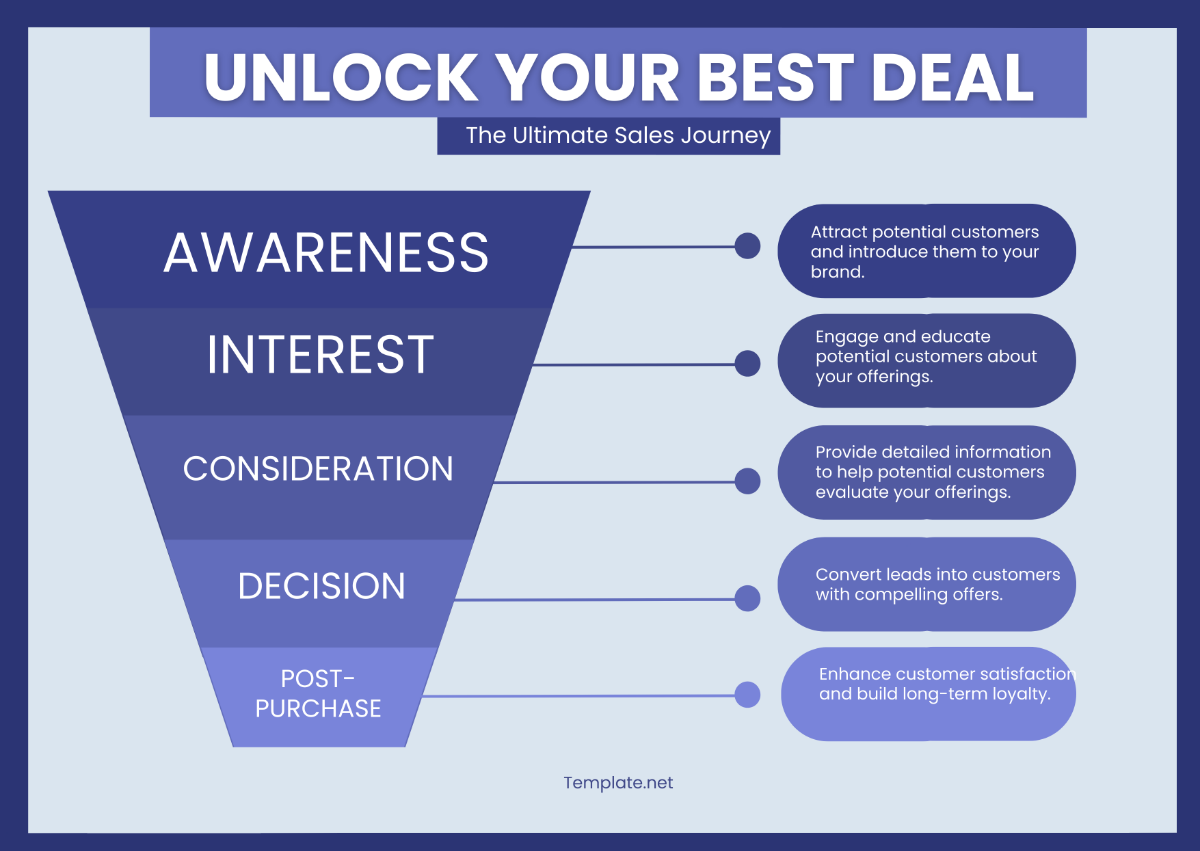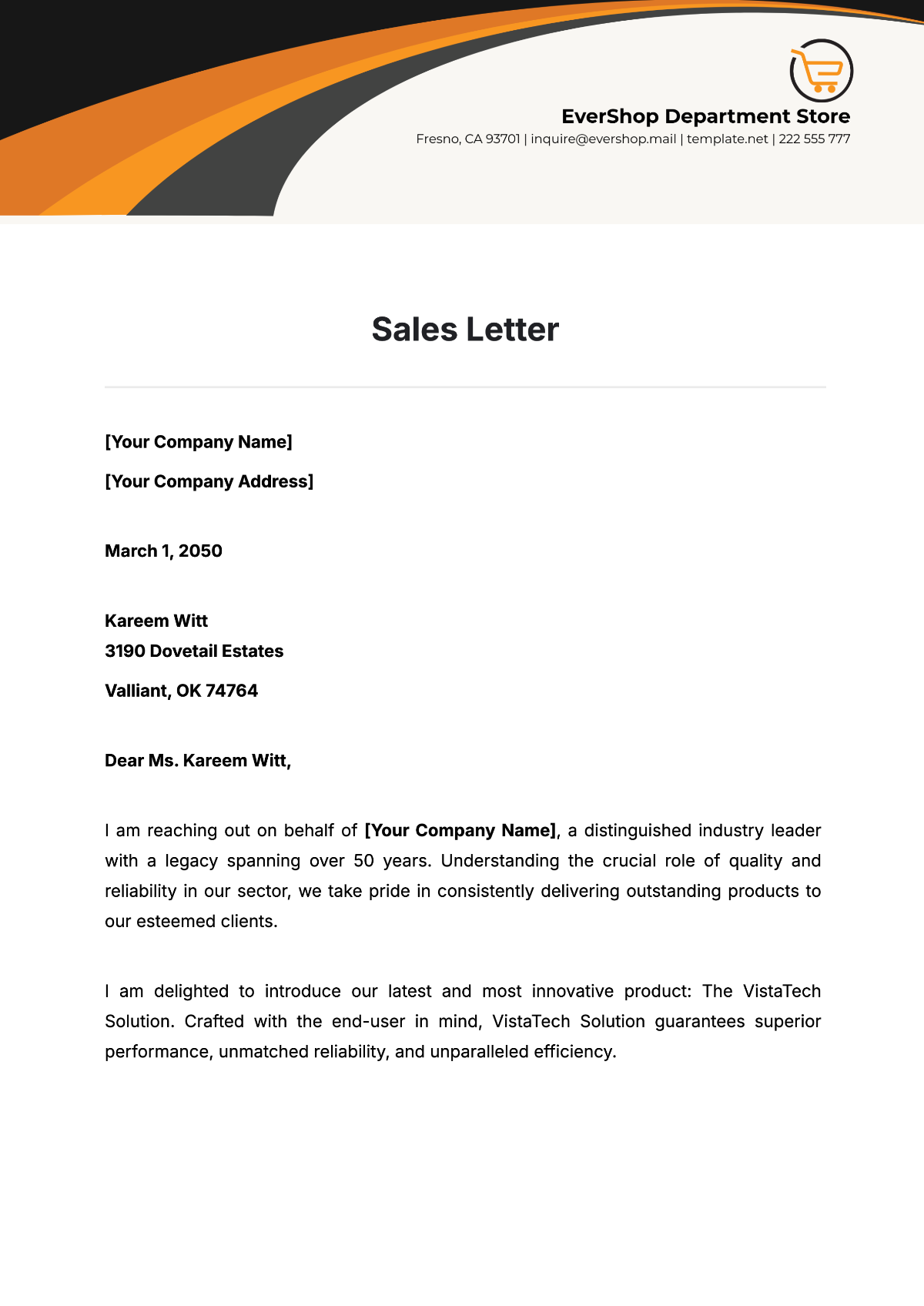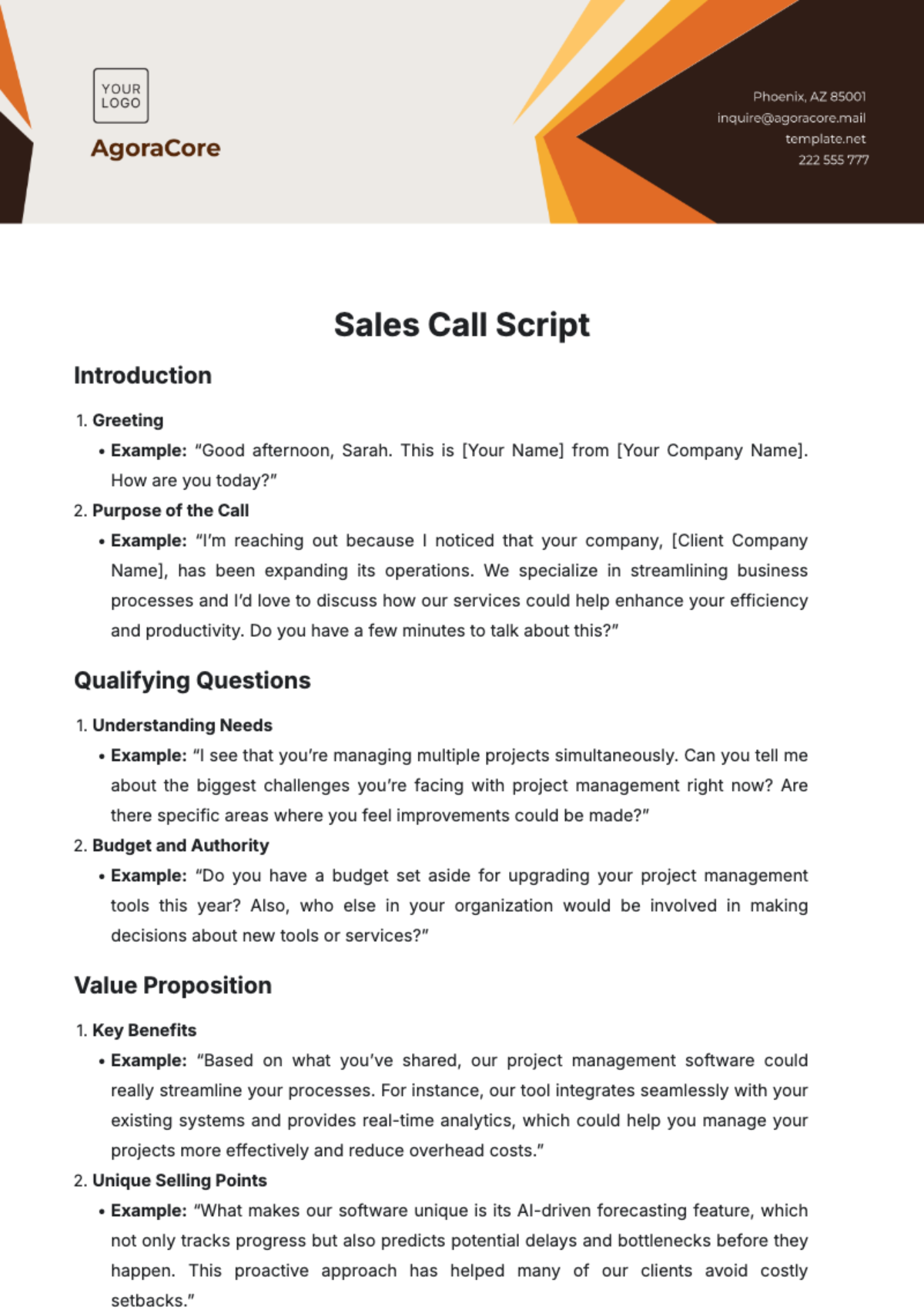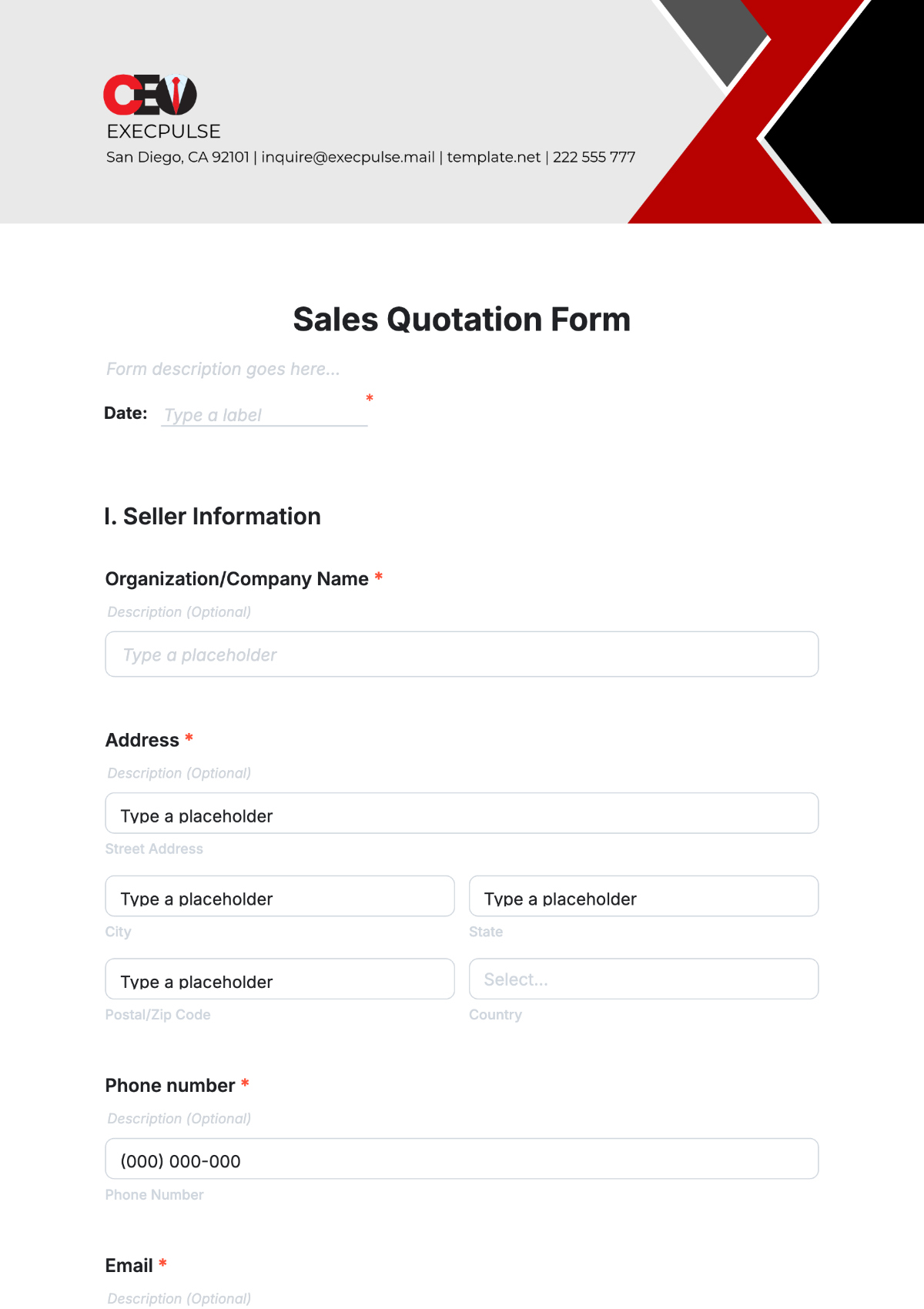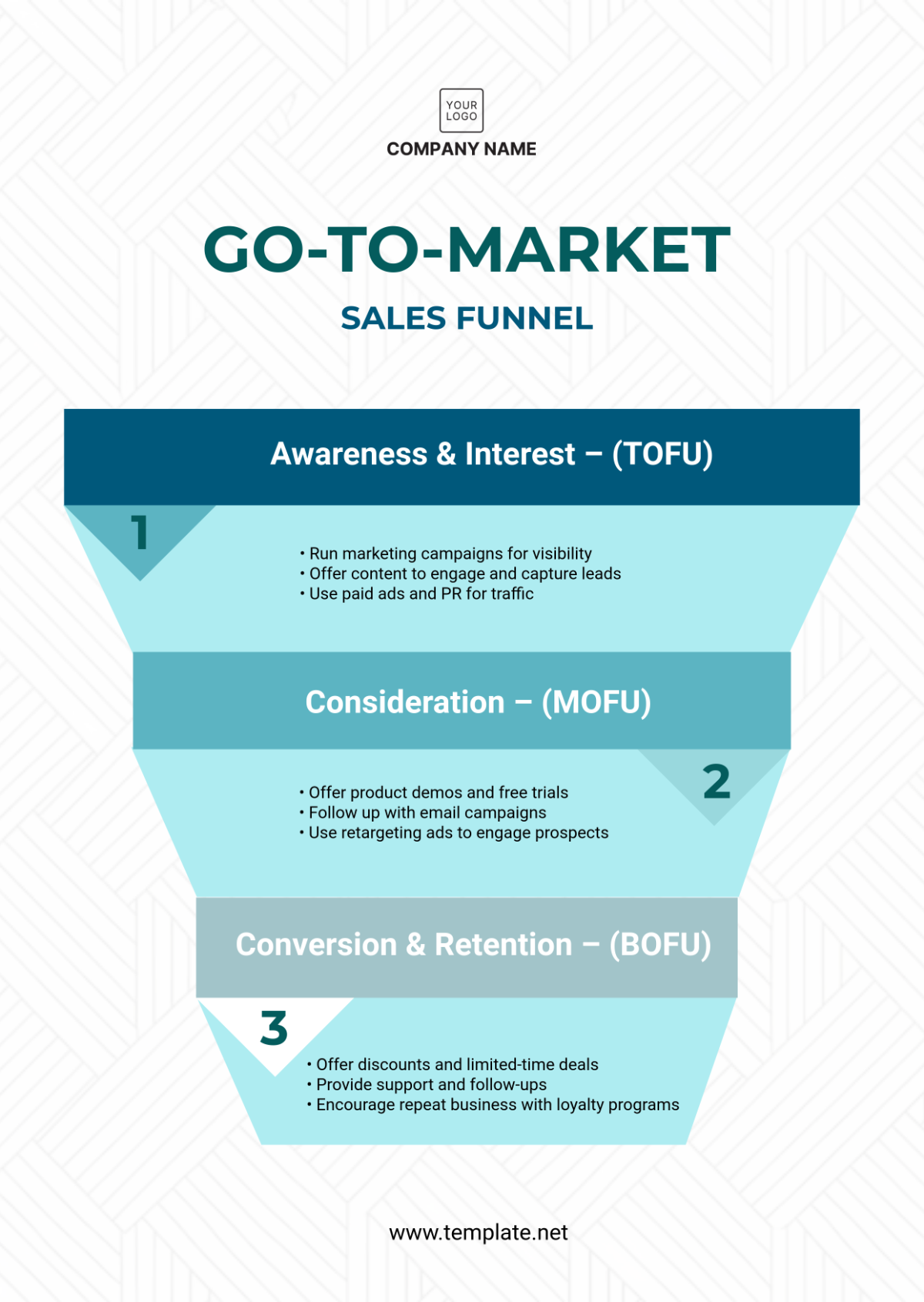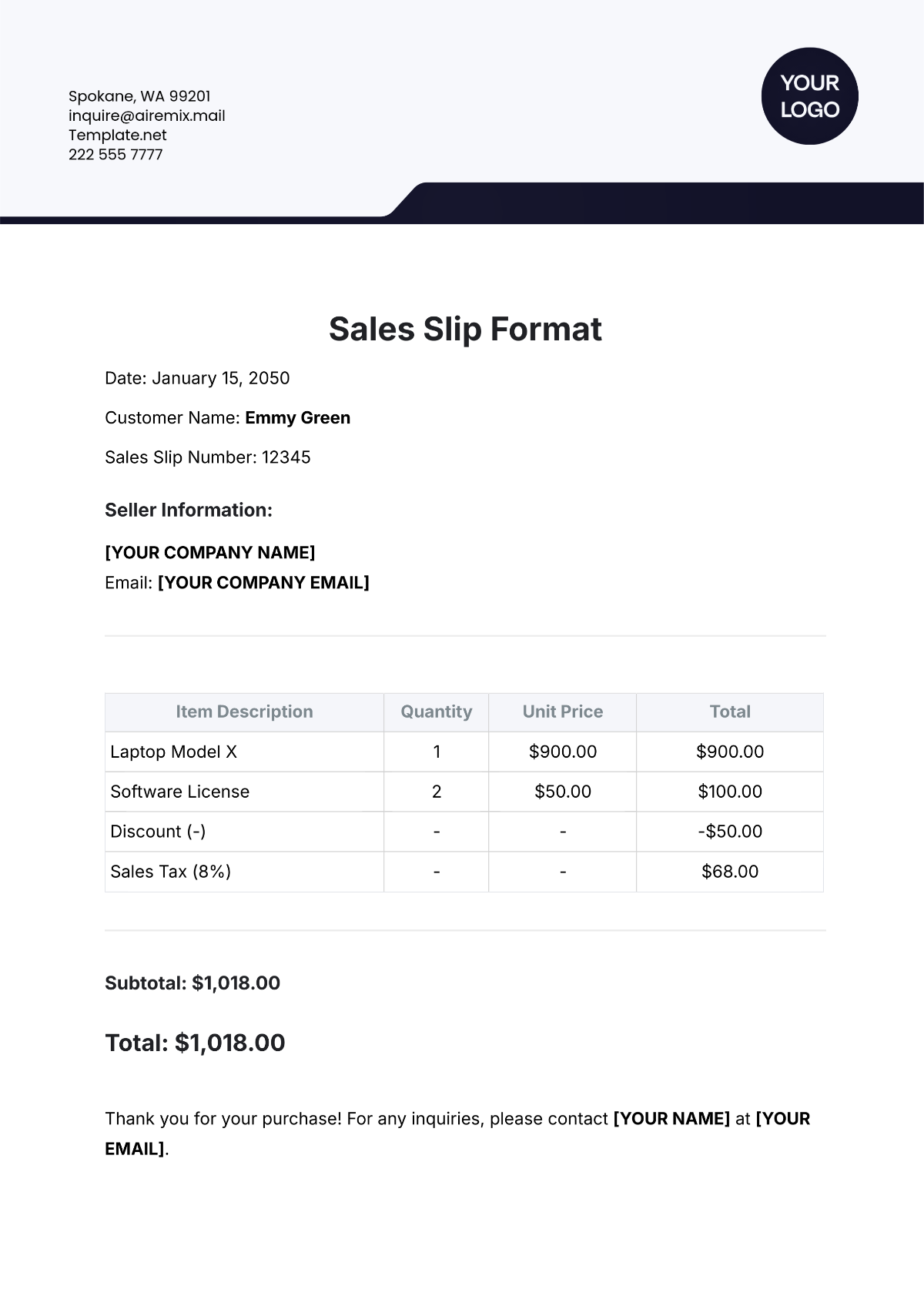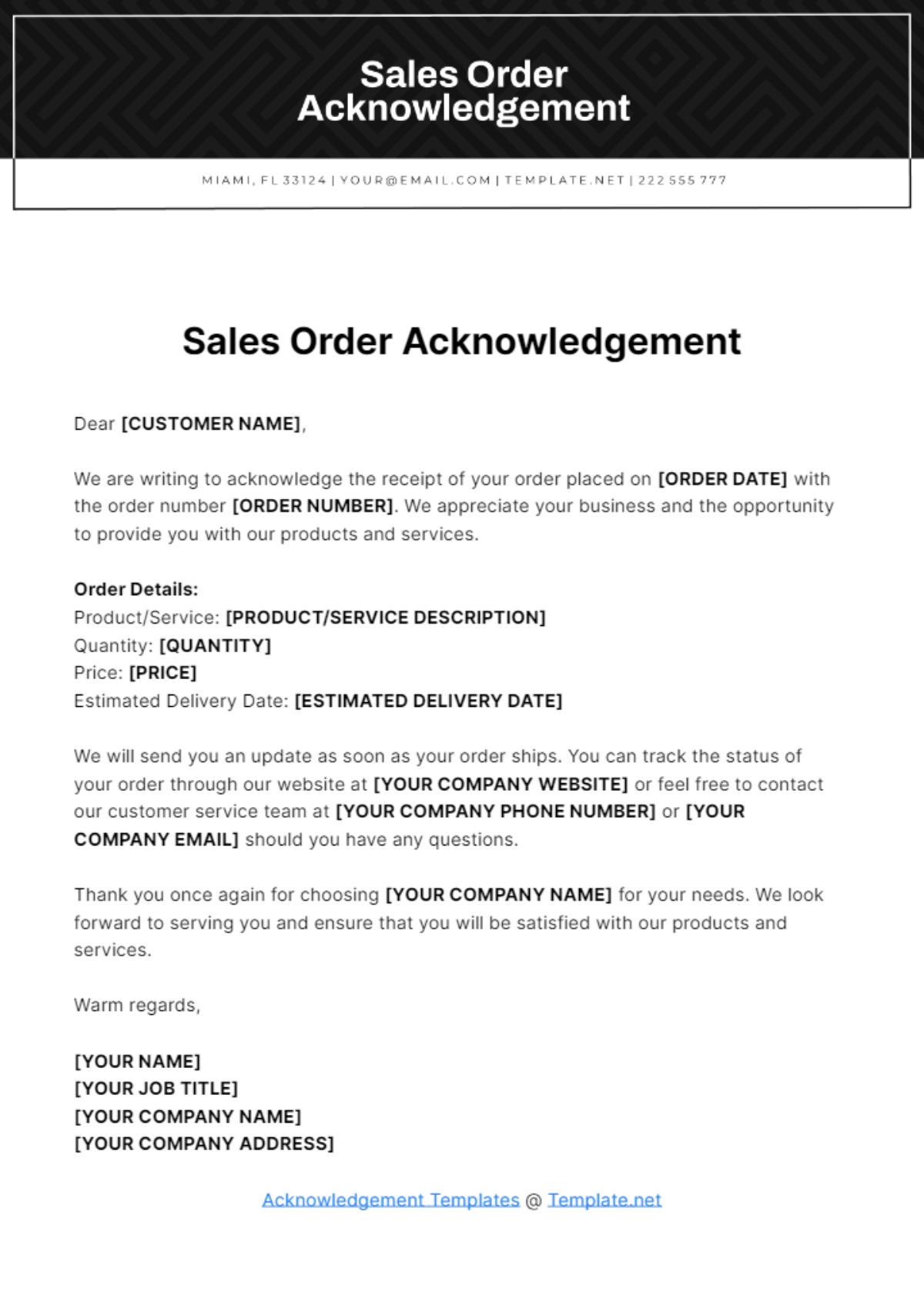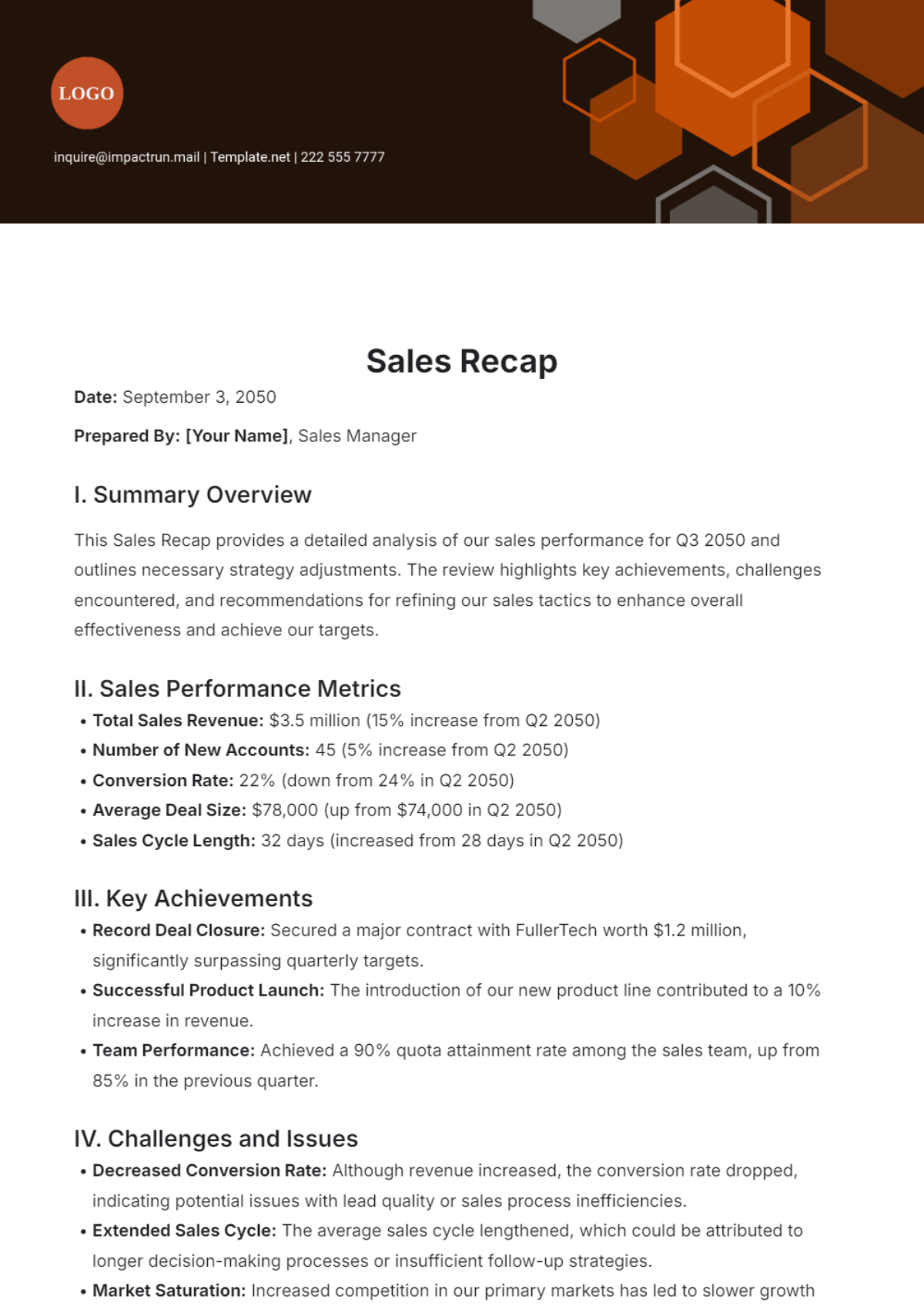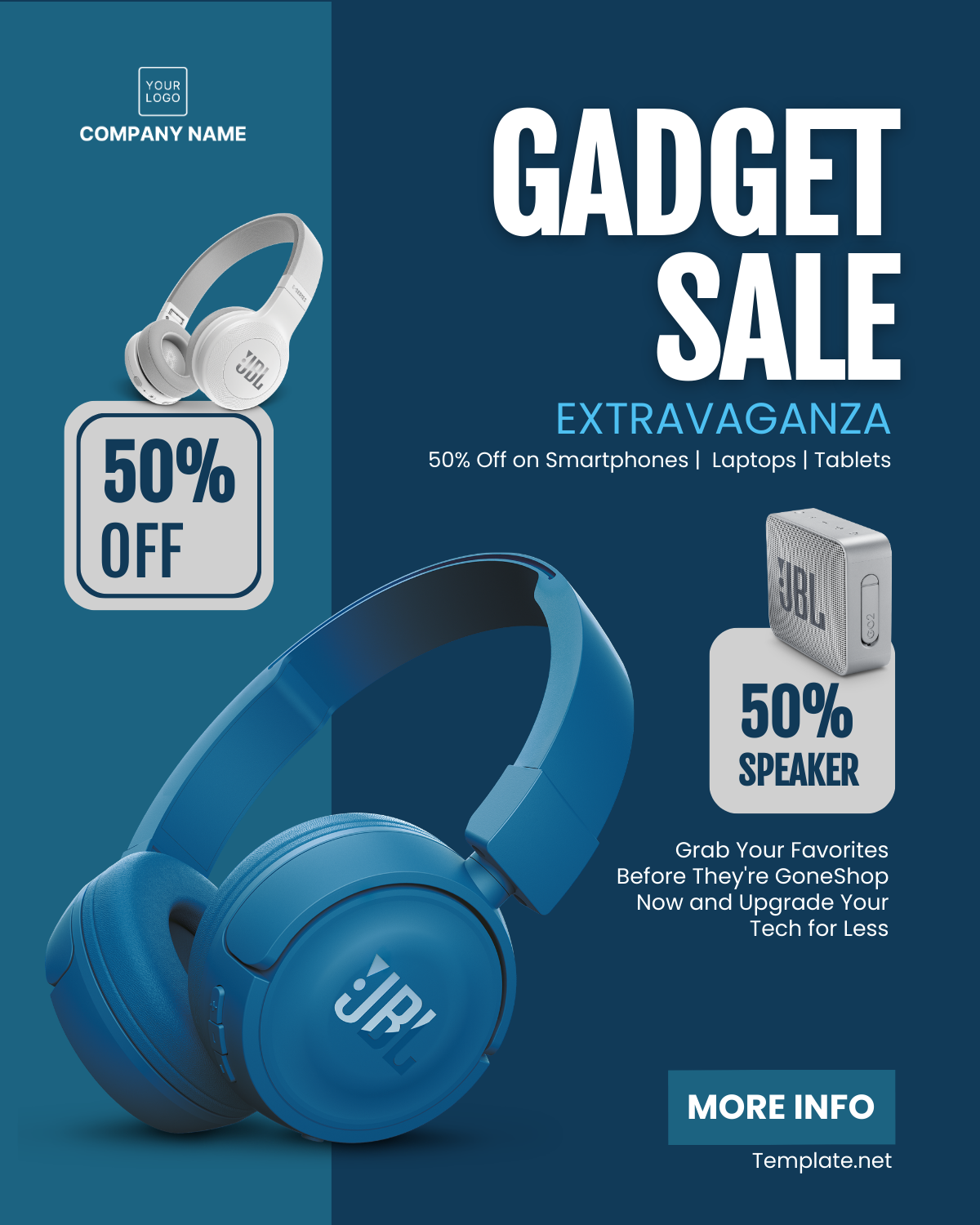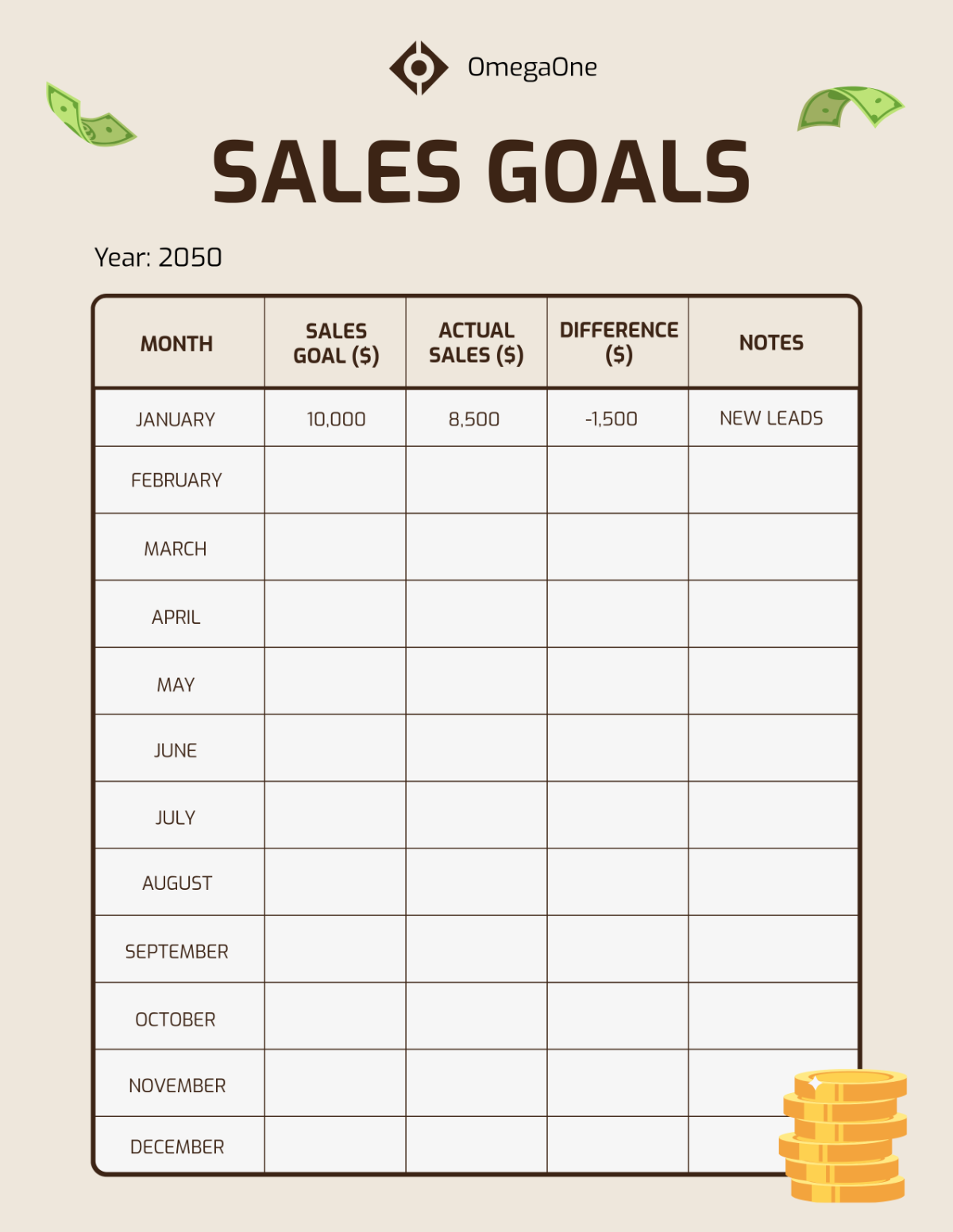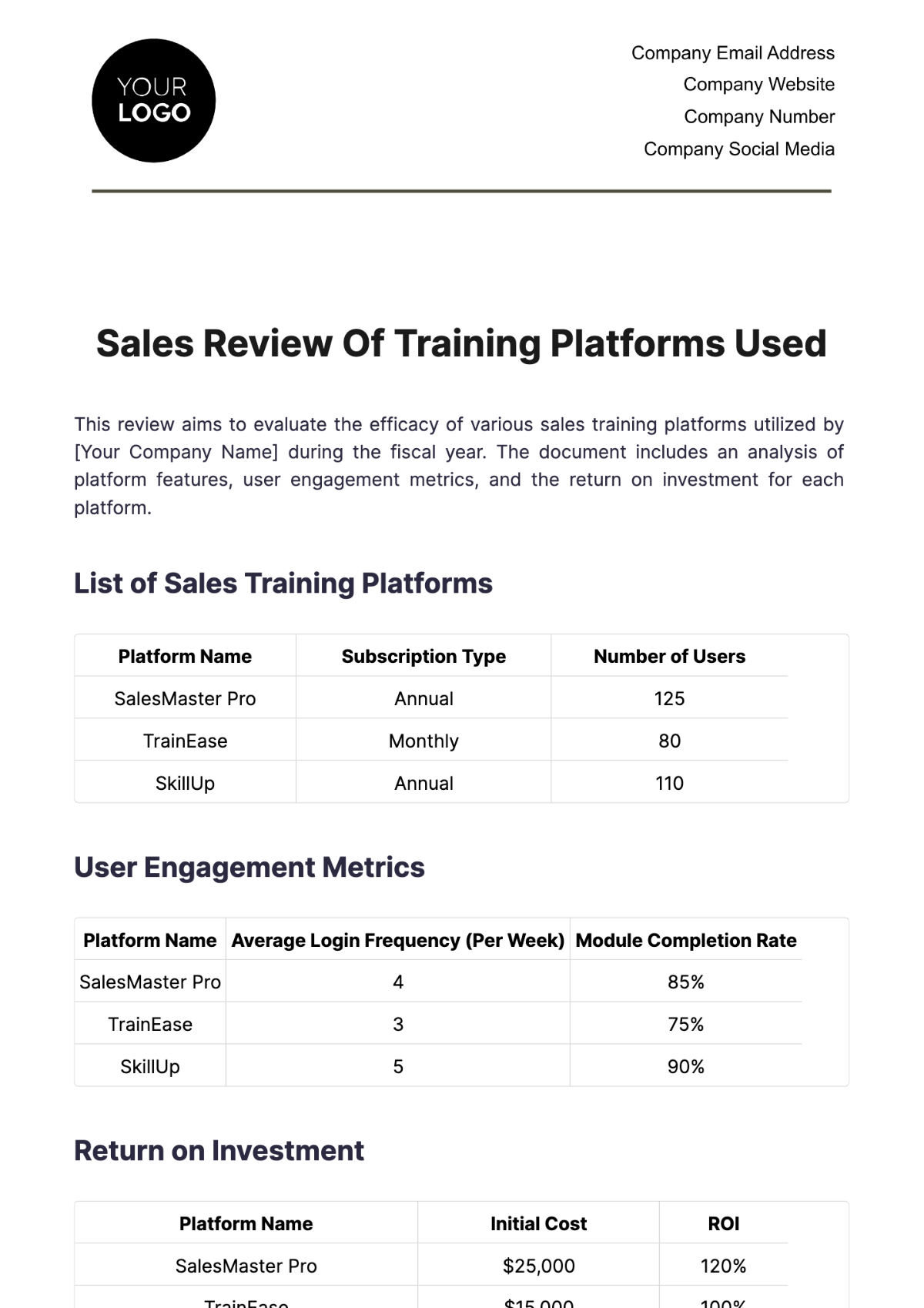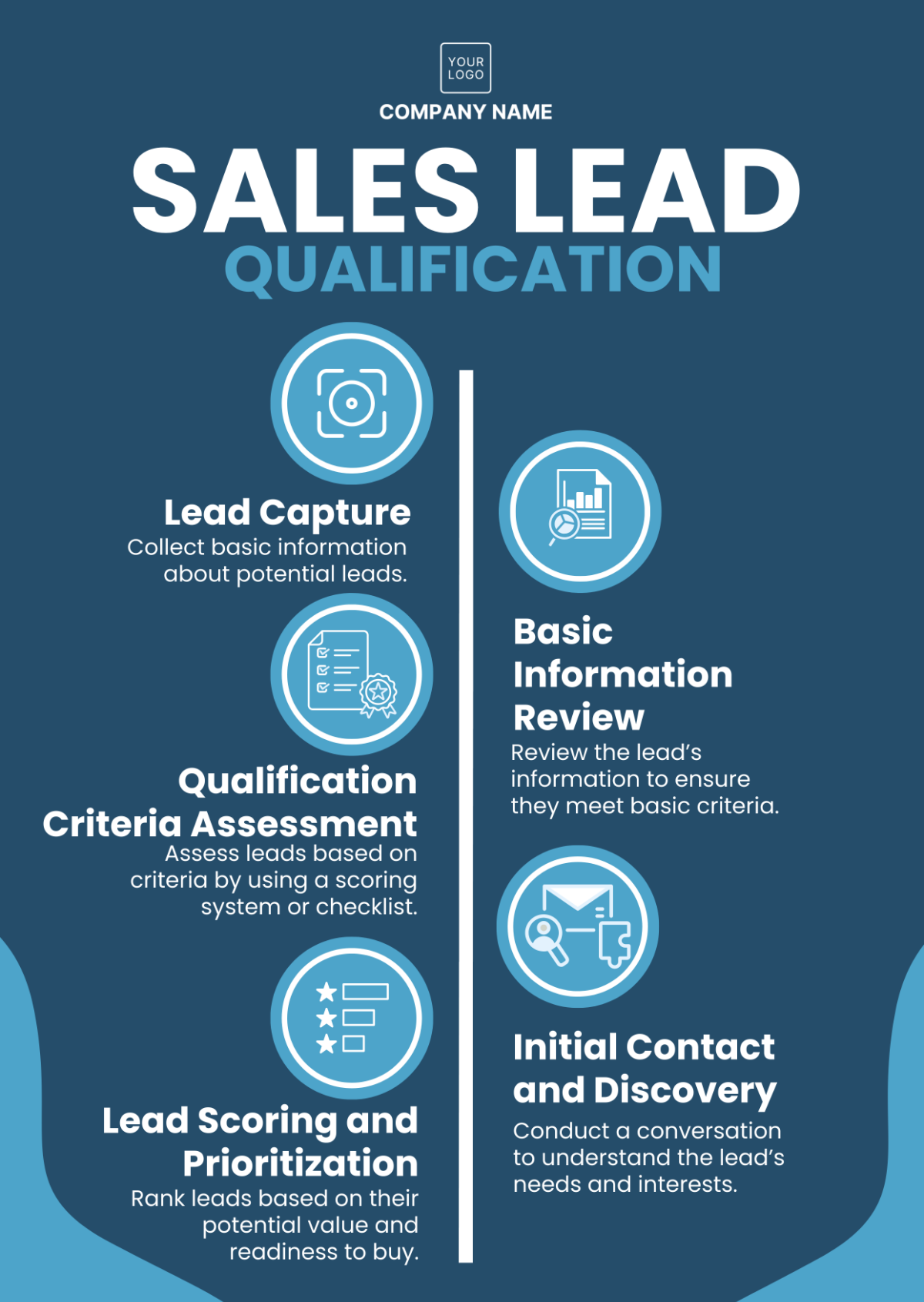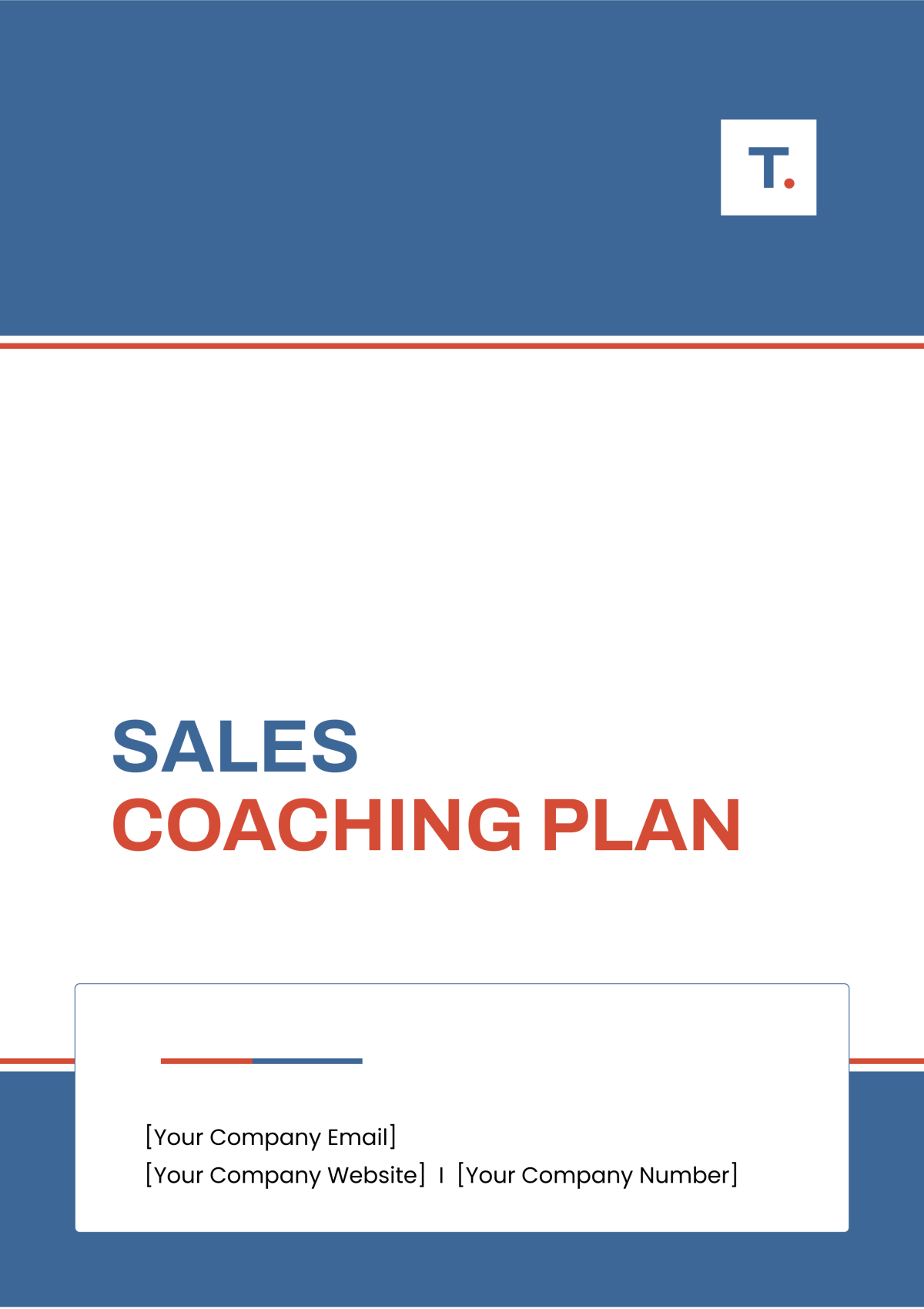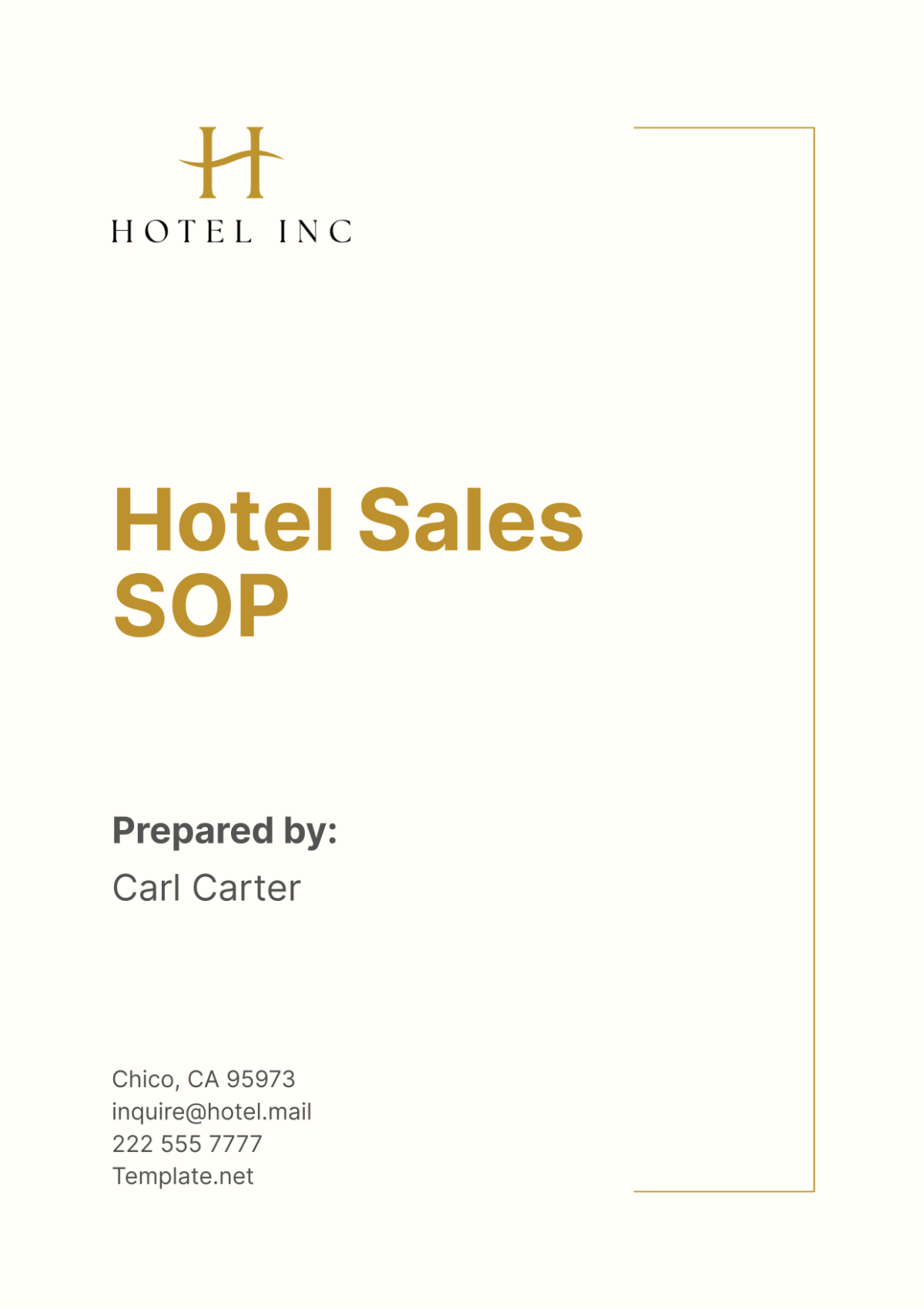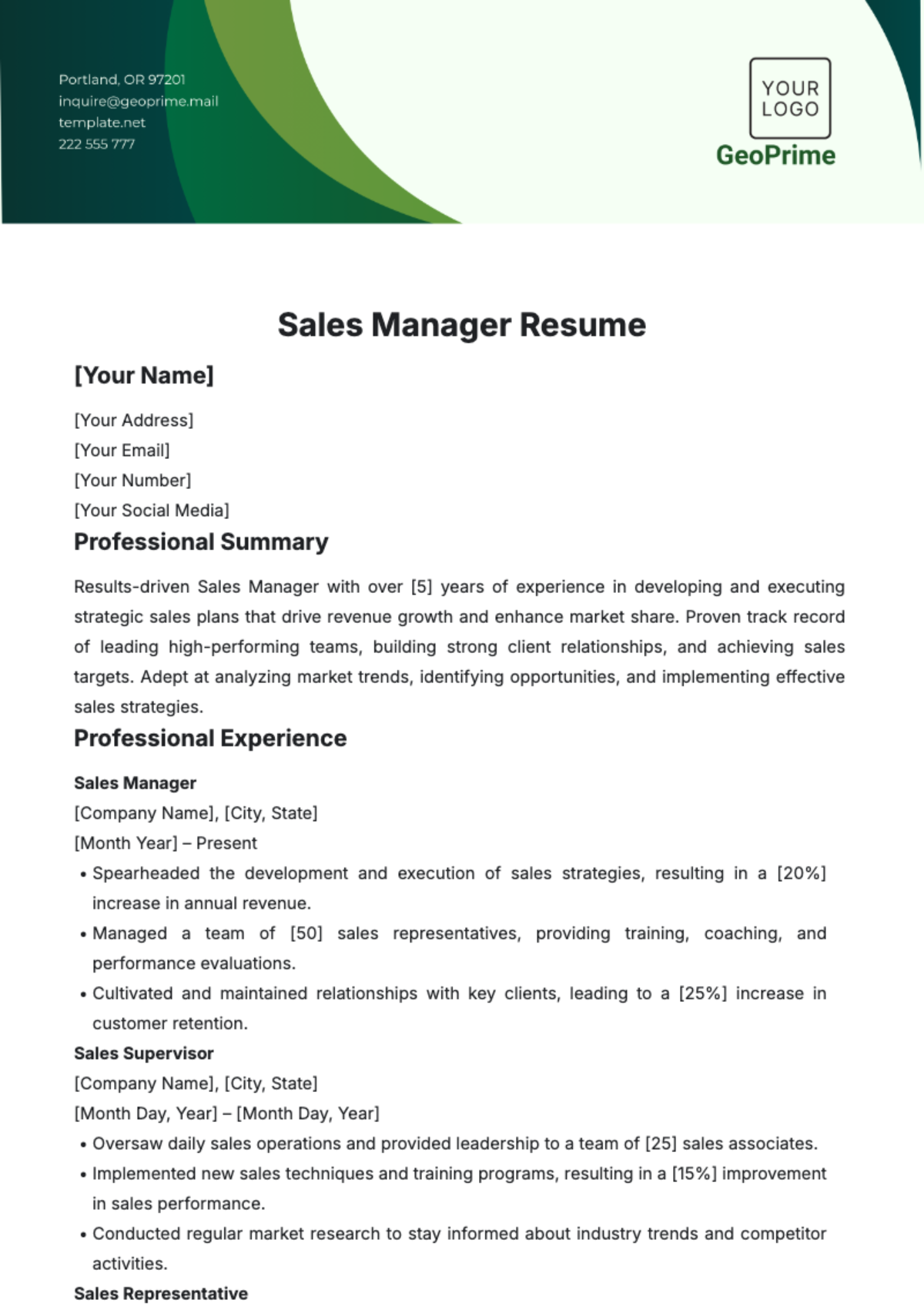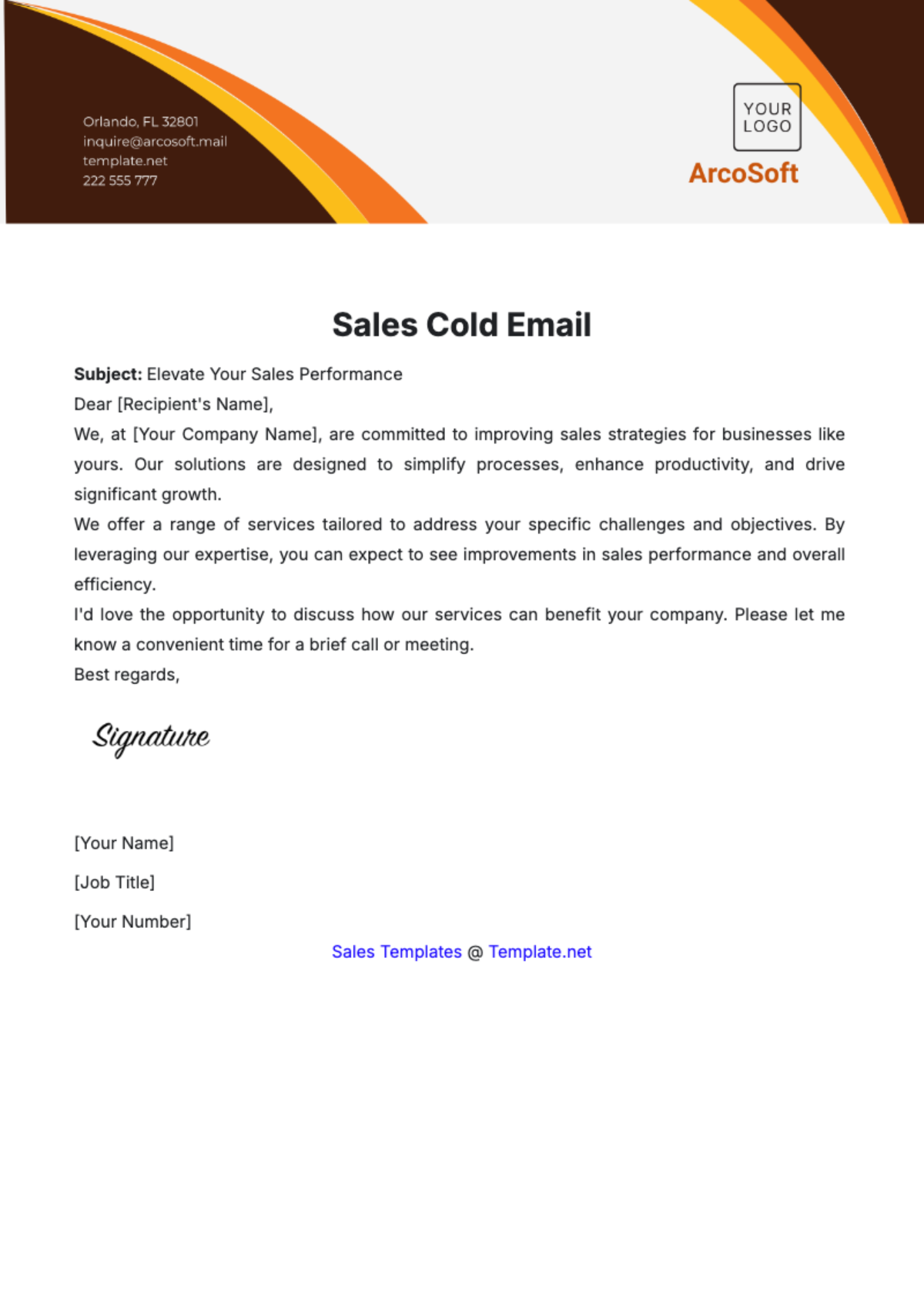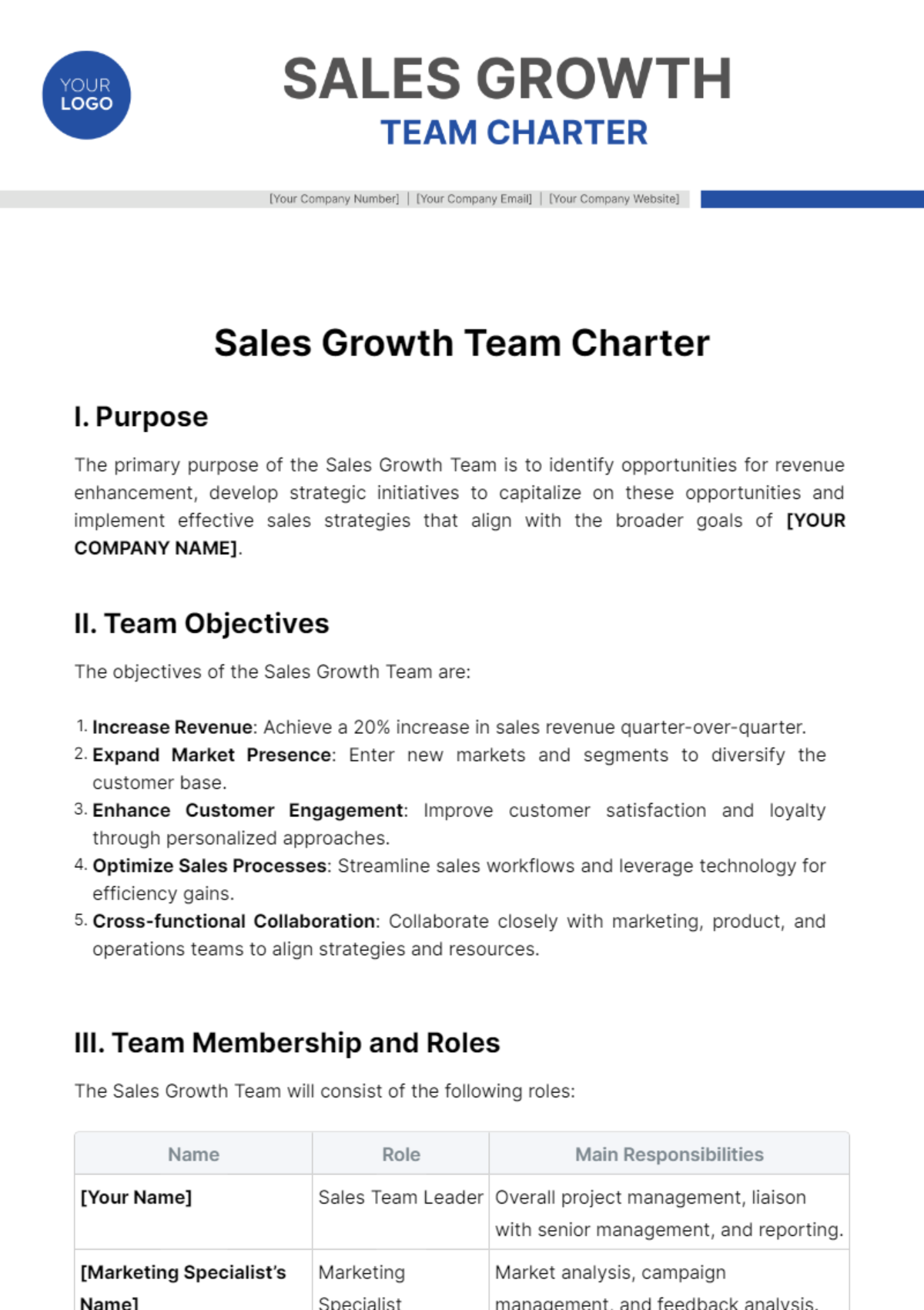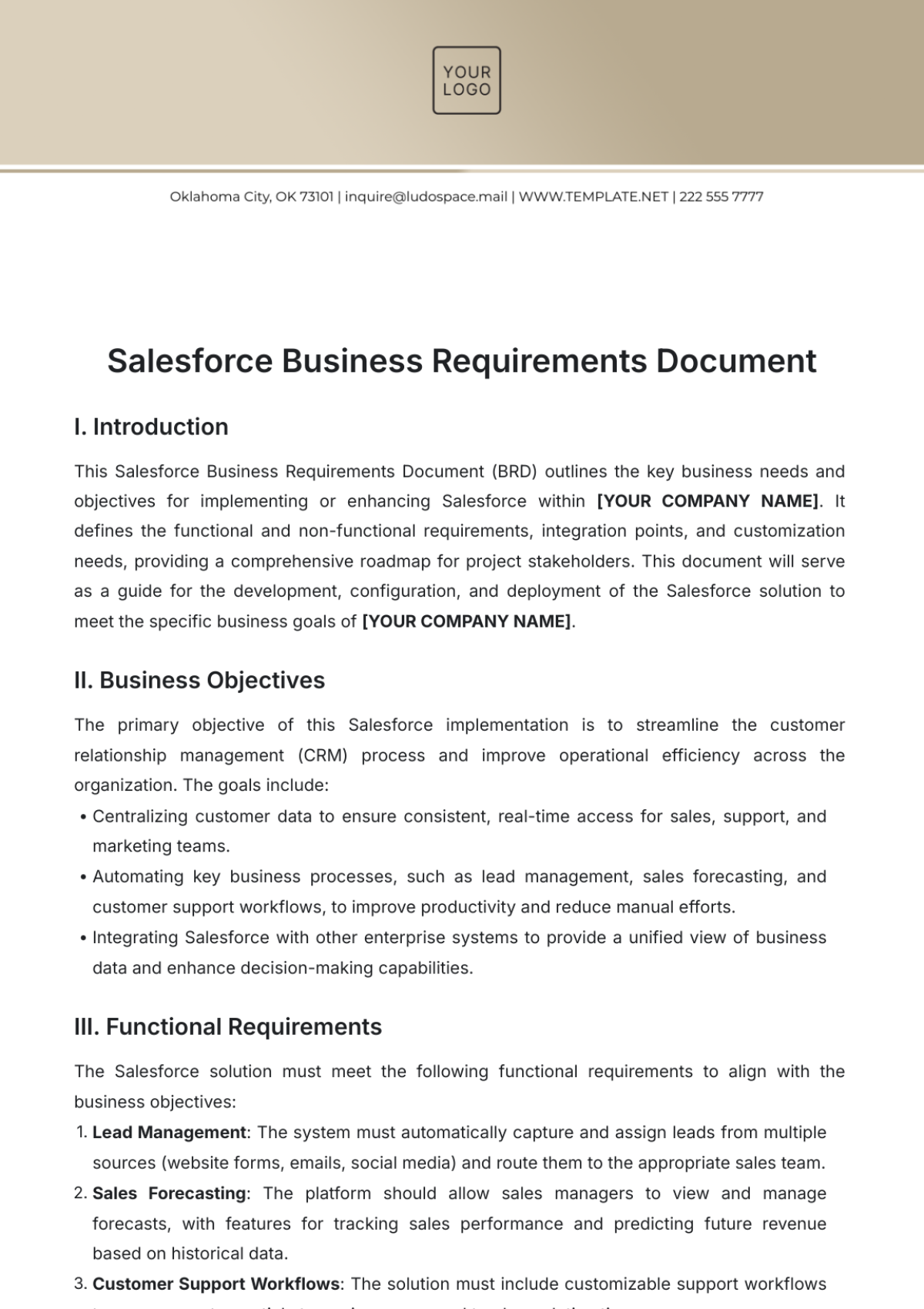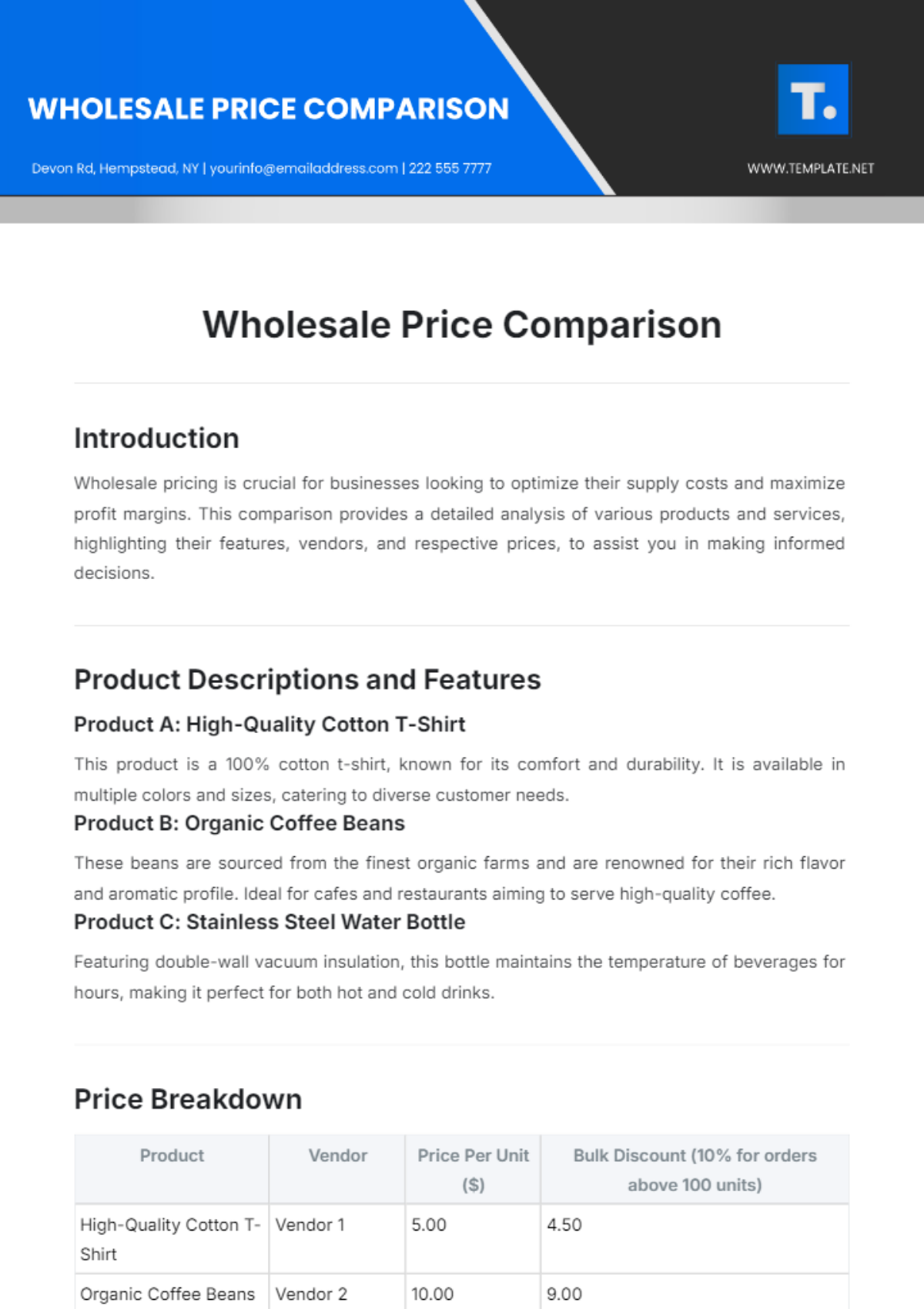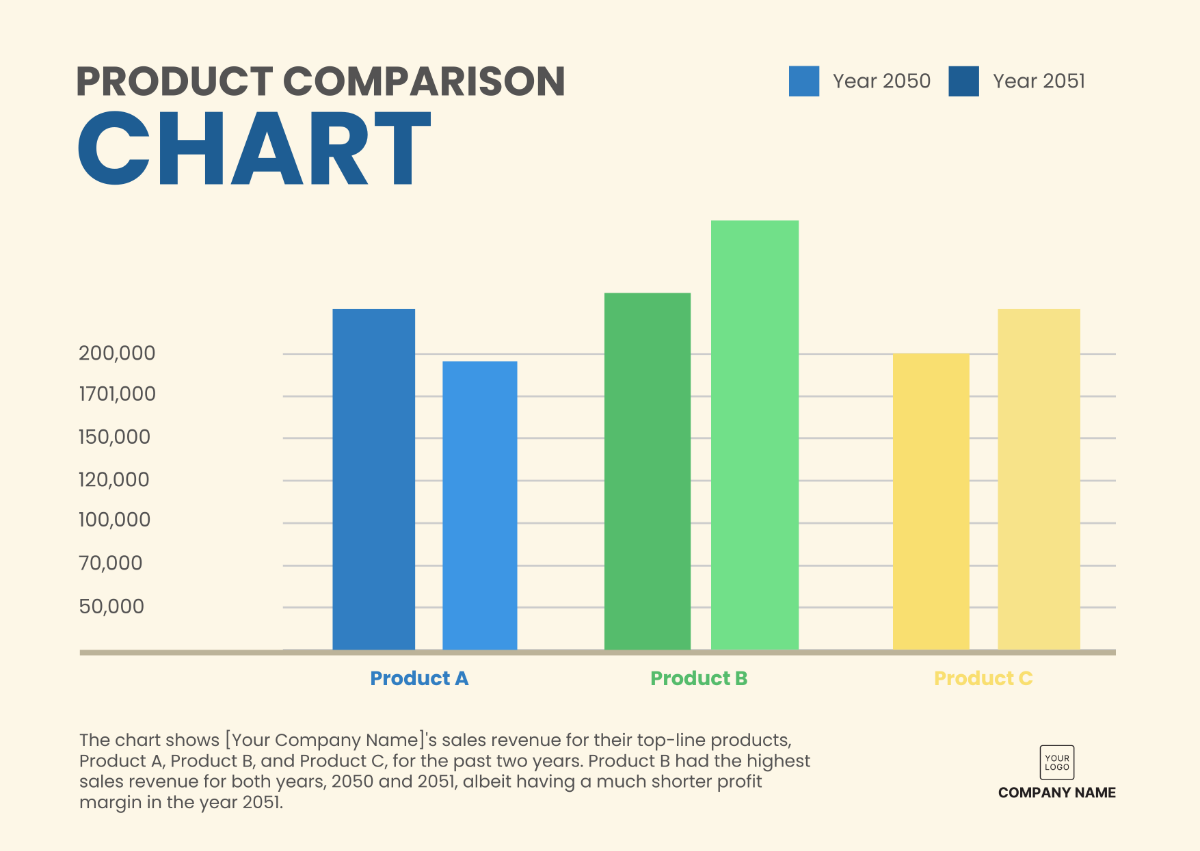Sales Client Interaction Protocol Guide
Objective
The objective of this Sales Client Interaction Protocol Guide is to equip the sales team at [Your Company Name] Musical Instrument Store with a comprehensive and standardized approach to customer interactions. By following this guide, our team aims to consistently provide exceptional customer service, build enduring customer relationships, increase sales, and solidify our reputation as a trusted and customer-centric destination for musical instruments and accessories. This guide serves as a roadmap for delivering a seamless and satisfying shopping experience while fostering long-term customer loyalty and business growth in the musical instrument industry.
Section 1: Greeting and Establishing Rapport
Warm Welcome
A warm welcome sets the tone for positive customer interaction. When a customer enters our store and the employee will greet them with a genuine smile, it immediately puts them at ease. This simple yet effective gesture creates a welcoming atmosphere and signals that we value their presence. Customers who feel welcomed are more likely to engage in conversation and stay longer in the store, increasing the opportunity for a successful sale. It also enhances our store's reputation as a friendly and customer-centric establishment.
Establish Rapport
Building rapport with customers is essential for forging a connection and understanding their unique needs. Engaging in small talk, whether about the weather, current musical trends, or personal experiences, helps break the ice and creates a friendly atmosphere. Asking open-ended questions, such as "What type of music do you enjoy playing?" or "Have you played any instruments before?" not only provides valuable information but also demonstrates a genuine interest in the customer's musical journey. Establishing rapport fosters trust and ensures that customers feel comfortable sharing their preferences and concerns, ultimately leading to more personalized product recommendations and higher customer satisfaction.
Section 2: Needs Assessment
Active Listening
Active listening is a critical skill in understanding the customer's needs and preferences. When we listen attentively to our customers, it sends a powerful message that their opinions and desires matter. By maintaining eye contact, nodding, and providing verbal cues like "I understand" or "Tell me more," we convey empathy and respect. This approach not only ensures that we gather accurate information but also makes customers feel heard and valued. As a result, they are more likely to trust our recommendations and make informed purchasing decisions.
Probing Questions
Probing questions play a pivotal role in uncovering the specific requirements and desires of our customers. By asking questions like "What type of music do you want to play?" or "What is your budget range?" we delve deeper into their needs and preferences. This information empowers us to tailor our product recommendations precisely to their requirements, ensuring a more satisfying shopping experience. Additionally, probing questions allow us to identify any potential challenges or objections early in the process, enabling us to address them effectively and increase the likelihood of a successful sale.
Customization and Personalization
Every customer's musical journey is unique, and their needs often require a personalized approach. This subsection emphasizes the importance of customizing recommendations and solutions based on individual customer preferences. When engaging with customers, explore their specific musical goals, playing styles, and aspirations. Tailor your advice and product suggestions to align with their musical vision. Whether they are a beginner looking for the perfect starter instrument or an experienced musician seeking an upgrade, understanding and addressing their unique needs ensures that each customer receives a shopping experience that feels personalized and attentive. This customization not only leads to higher customer satisfaction but also reinforces our reputation as a store that goes the extra mile to meet each customer's distinct requirements, ultimately driving increased sales and customer loyalty.
Section 3: Product Knowledge
Product Familiarity
Being well-versed in our products has a direct impact on the customer's confidence in our recommendations and their overall shopping experience. When our sales professionals are knowledgeable about the latest musical instruments and accessories in our inventory, they can provide detailed information about the features, benefits, and unique qualities of each product. This expertise allows us to match the customer with the most suitable options, leading to higher customer satisfaction and increased sales. Customers who receive informative guidance are more likely to trust our expertise and make informed purchasing decisions, which contributes to our store's reputation for excellence.
Recommendations
Making informed product recommendations based on our knowledge benefits both the customer and our business. When we suggest products that align with the customer's needs and budget, we demonstrate our commitment to their satisfaction. By explaining how each product can enhance their musical experience, we create a compelling case for their purchase. This approach not only increases the likelihood of a sale but also fosters trust and loyalty. When customers leave our store with the perfect musical instrument or accessory, they are more likely to return for future purchases and recommend us to friends and family, ultimately driving long-term success for our business.
Competitive Awareness
In addition to being well-versed in our own products, it's crucial to maintain awareness of our competitors' offerings. Stay informed about the latest trends, pricing strategies, and unique selling points of competing musical instrument stores in our area. Understanding our competitive landscape allows us to position our products effectively, highlight our advantages, and tailor our recommendations to stand out in the market. By being aware of what competitors are offering, we can proactively address questions or comparisons that customers may bring up during their shopping journey. This knowledge enables us to not only provide informed guidance but also ensure that we maintain a competitive edge, resulting in increased customer confidence and higher sales conversion rates.
Section 4: Product Demonstrations
Hands-On Experience
Encouraging customers to try out instruments and accessories provides them with a tactile and sensory experience that goes beyond words. When customers have the opportunity to play a musical instrument or interact with accessories, they can feel the quality, comfort, and sound firsthand. This hands-on experience allows them to make a more confident and informed decision, increasing the likelihood of a purchase. Additionally, it creates a memorable and enjoyable shopping experience, enhancing customer satisfaction and the likelihood of repeat business.
Highlight Key Features
Effectively highlighting the key features of our products during demonstrations is crucial for showcasing their value. When we emphasize the unique features that set our products apart, we help customers understand why our offerings are superior to others in the market. This not only justifies the purchase but also makes customers feel like they are investing in a high-quality, worthwhile product. Clear explanations and demonstrations also reduce potential buyer's remorse, as customers are confident in their choice and know exactly what to expect, resulting in a more positive overall shopping experience and stronger customer loyalty.
Section 5: Overcoming Objections
Active Problem-Solving
Addressing customer concerns and objections with active problem-solving is a pivotal step in the sales process. When we actively listen to these objections and offer practical solutions, we demonstrate our commitment to customer satisfaction. By acknowledging their concerns and promptly addressing them, we build trust and credibility. This approach turns potential obstacles into opportunities for problem resolution, ensuring that customers leave our store feeling confident and content with their purchases. Effectively handling objections also minimizes the likelihood of customers leaving without making a purchase.
Handling Price Concerns
When customers express price concerns, it is essential to approach the conversation with empathy and professionalism. By explaining the value and quality of our products, we help customers understand that they are investing in their musical journey. Offering financing options or discounts when applicable demonstrates flexibility and a willingness to work with their budget, making the purchase more attainable. Effective handling of price concerns not only increases the likelihood of closing a sale but also prevents customers from feeling pressured or uncomfortable during the negotiation process, leading to a positive shopping experience and potentially repeat business.
Section 6: Closing the Sale
Trial Close
Utilizing trial closing techniques allows us to gauge the customer's interest and readiness to make a purchase. By asking questions like "Are you leaning towards a particular instrument?" or "Can you envision yourself using this accessory?" we subtly encourage the customer to consider their decision. This approach provides valuable insights into their buying mindset and allows us to adjust our sales strategy accordingly. It also ensures that we don't miss opportunities to close a sale when the customer is primed to make a decision, ultimately leading to increased sales and customer satisfaction.
Closing Techniques
Employing effective closing techniques is essential for sealing the deal. Whether it's using the assumptive close, summarizing the benefits, or addressing any remaining concerns, these techniques help guide the customer toward a final decision. A well-executed closing not only ensures that the customer is comfortable with their purchase but also leaves a positive lasting impression. Customers who leave our store with a sense of satisfaction are more likely to return for future purchases and refer friends and family, contributing to our long-term success in the musical instrument industry.
Section 7: Post-Sale Follow-Up
Express Gratitude
After we have completed the sale, expressing gratitude is a crucial step in solidifying a positive customer experience. Thanking the customer for their purchase, whether through a verbal thank-you or a handwritten note, shows appreciation for their business. Providing them with a receipt and warranty information ensures transparency and reinforces their confidence in their decision. This post-sale courtesy leaves customers with a sense of appreciation and satisfaction, making them more likely to return for future purchases and recommend our store to others.
Collect Feedback
Requesting feedback on the customer's shopping experience demonstrates our commitment to continuous improvement. By asking customers to share their thoughts and opinions, we gain valuable insights into what went well and areas where we can enhance our service. Addressing any issues or concerns promptly shows our dedication to customer satisfaction and helps us make necessary improvements. Furthermore, this feedback loop allows us to refine our sales process and provide an even better experience for future customers, ultimately contributing to our reputation for excellence and long-term success.
Section 8: Building Long-Term Relationships
Database Management
Effective database management is essential for building and maintaining long-term customer relationships. Adding customer information to our CRM system allows us to keep track of their preferences, purchase history, and important dates such as birthdays or anniversaries. By maintaining an organized and up-to-date database, we can personalize our interactions and communication with customers, ensuring that they feel valued and appreciated. This personalized approach fosters customer loyalty and encourages repeat business, contributing to our store's long-term success.
Follow-Up
Proactive follow-up is key to nurturing long-term relationships with our customers. Reaching out to customers periodically, whether through email, phone calls, or personalized messages, allows us to check on their satisfaction and offer assistance if needed. Sending birthday and holiday greetings demonstrates our genuine care and appreciation. These follow-up efforts keep our store top of mind and encourage customers to return for future purchases and refer others to us. By consistently building and maintaining long-term relationships, we create a loyal customer base that supports our business for years to come, ensuring sustained success in the musical instrument industry.
Section 9: Handling Customer Concerns and Complaints
Active Listening to Concerns
When a customer expresses dissatisfaction or raises a concern, it's crucial to practice active listening. Give the customer your full attention, show empathy, and let them fully explain their issue. This approach not only validates their feelings but also allows you to gather all the necessary information to address the problem effectively.
Swift Resolution
Addressing customer concerns and complaints promptly is essential for maintaining a positive reputation and retaining customers. Once you have a clear understanding of the problem, take immediate steps to resolve it. Whether it involves providing a replacement product, offering a refund, or arranging for a repair, prioritize finding a solution that aligns with the customer's expectations. Swift resolution not only helps retain the customer's trust but also turns a potentially negative experience into a positive one, enhancing their overall perception of your store.
Section 10: Upselling and Cross-Selling
Identifying Opportunities
Identifying upselling and cross-selling opportunities is a strategic approach to increasing sales and providing added value to customers. While assisting customers with their initial purchase, pay attention to their needs and preferences. If you notice a chance to recommend complementary products or accessories, seize the opportunity. For example, if a customer is buying a guitar, suggest compatible strings, picks, or a case. This not only enhances the customer's musical experience but also increases the average transaction value, contributing to higher sales and profitability.
Product Knowledge for Upselling
To effectively upsell and cross-sell, it's essential to have in-depth knowledge of our product range. Familiarize yourself with product bundles, package deals, and complementary items. When suggesting additional products, explain the benefits and advantages of each item concerning the customer's original purchase. By demonstrating how these add-ons enhance their experience or offer convenience, you make a compelling case for the upsell or cross-sell. This approach not only increases revenue but also provides customers with valuable options they may not have considered otherwise, enhancing their satisfaction and loyalty.
